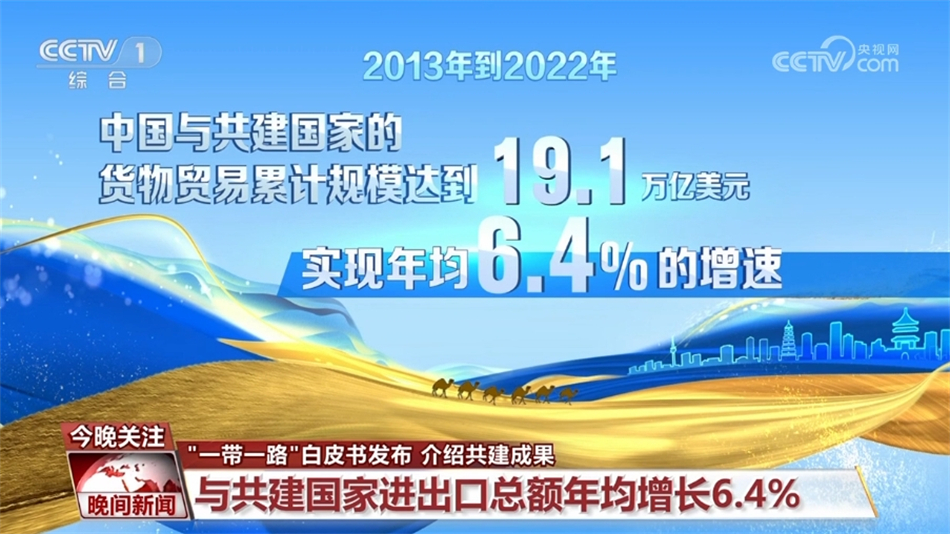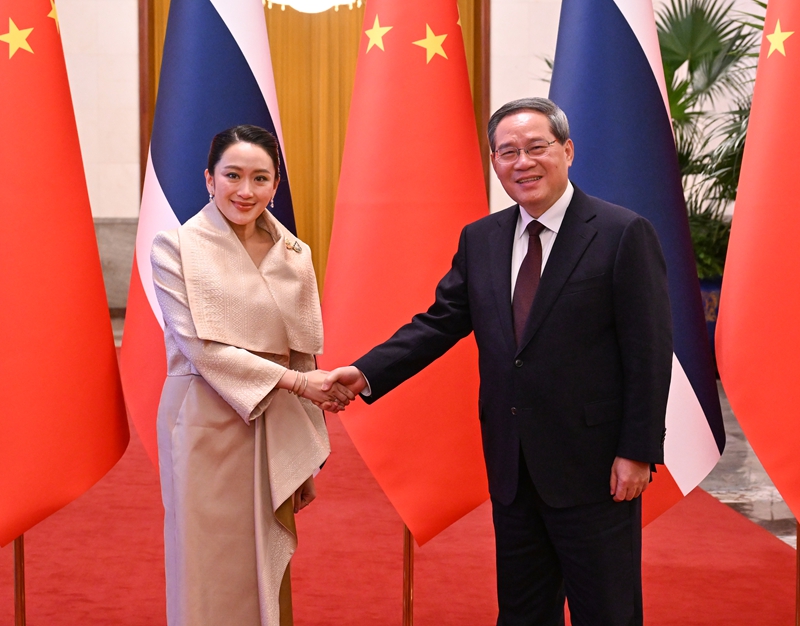[2017, Decode The Belt And Road] "Belt And Road" Investment And Financing Platform "Chorus"
[2017, Decode The Belt And Road] "Belt And Road" Investment And Financing Platform "Chorus"
On May 14, the
On May 14, the "Belt and Road" International Cooperation Summit Forum will be held in Beijing. This is the highest-level forum activity in more than three years since the "Belt and Road" initiative was proposed. How has the construction of the "Belt and Road" been in the past three years? So how can it come from China and benefit the world? How will the "Belt and Road" develop in the future? Central People's Radio specially planned "2017, Decoding the "Belt and Road"" to experience the vigorous pulse of the "Belt and Road" up close.
China Radio International Beijing May 7th News (Reporter Chen Lei) According to China Voice's "News Zongheng" report, we often say that "finance is the blood of the economy". To meet the needs of infrastructure construction of the "Belt and Road" and to make investment, trade and employment opportunities more and more, the water of financial water is essential. So, where does the funds needed to build the "Belt and Road" come from?
According to a report from the Asian Development Bank, the current annual investment demand for infrastructure construction in Asia is expected to be US$881 billion, but the funding gap is now large. Tang Min, consultant of the State Council, did some calculations, "The World Bank's investment in Asia may only be $30 billion; the Asian Development Bank is the same investment as the World Bank; the International Monetary Fund may be less. The total amount is less than $10 billion."
If you think about it carefully, one is that the annual demand exceeds more than 880 billion US dollars, the other is that the actual supply is less than 10 billion, and the funding gap is as high as more than 800 billion. What to do? A new investment and financing platform is about to emerge.
In October 2013, President Xi Jinping visited Southeast Asia and proposed the initiative to establish the Asian Infrastructure Investment Bank for the first time. He once emphasized: The construction of the "Belt and Road" is not a solo by China, but a chorus of countries along the route. The initiative to establish the Asian Infrastructure Investment Bank was in line with the demands of all parties, so everyone participated enthusiastically and soon formed a "chorus".
A year later, in October 2014, the first batch of representatives of the first 22 prospective founding member states signed the "Memorandum of Preparing for the Establishment of the Asian Infrastructure Investment Bank".
More than a year later, on January 16, 2016, the Asian Infrastructure Investment Bank, jointly established by 57 countries, opened in Beijing. President Xi Jinping's speech at the opening ceremony gave the clear direction of the AIIB, "The AIIB should strive to become a mutually beneficial, win-win and professional and efficient infrastructure investment and financing platform, and play its due role in improving regional infrastructure financing levels and promoting regional economic and social development."
It only took the AIIB 27 months from the proposal to the official opening. Not only is it efficient, but the chorus team is getting bigger and bigger. In March this year, the total number of members has expanded to 70, second only to the World Bank, with legal capital reaching US$100 billion. It can be seen that the concept of the AIIB is recognized by more and more countries.
Speaking of the "backbone" of the "Belt and Road" investment and financing platform, in addition to the Asian Infrastructure Investment Bank, there is also the Silk Road Fund. It was founded in November 2014 by China and has a scale of US$40 billion. In total, with the statutory capital of the Asian Infrastructure Investment Bank of China of US$100 billion, the total is US$140 billion. Perhaps you would say that compared to the annual funding gap of more than 800 billion US dollars in Asia, it is still far behind. In fact, this $140 billion in funds is equivalent to leverage, which can leverage more funds. How does it pry? Jin Liqun, president of the Asian Infrastructure Investment Bank, introduced that "through financing methods such as joint financing, public-private joint venture models, PPPs and other financing methods, and financial innovations such as green bonds, green credit, and green insurance are guided to more public and private capital investment."
How much benefit is such an investment and financing platform?
Let’s take a look at Dhaka, the capital of Bangladesh. The first independent financing project of the AIIB is here. The old local power system has become the main bottleneck restricting development.
“These wires are hanging in a mess outside residential buildings and shops, they are wrapped like spider webs, and there are even some wires that are hung very low, which can be touched with your hands out.”
According to estimates, the transformation of the substation system in Dhaka City will cost US$65 million, which is a considerable expense for Bangladesh, which is facing financial constraints. The Asian Infrastructure Investment Bank's electricity loans solve the problem of early investment and will change the lives of more than 10 million people in Bangladesh.
Let’s look at Pakistan again. At the giant bend of the Giram River, the first order of the Silk Road Fund was invested here, with a total investment of US$1.65 billion. With the support of the Silk Road Fund, the Carlot Hydropower Station, the fifth largest hydropower station in Pakistan, can be built, which not only alleviates the local power gap, but also provides more than 2,000 direct employment opportunities.
It can be said that the results of investment and financing platforms represented by the Asian Infrastructure Investment Bank and the Silk Road Fund exceeded our expectations. Still speaking with data.
The Asian Infrastructure Investment Bank has completed 9 financing projects in more than a year since its opening. It has used more than US$1.7 billion in loans to leverage US$12.5 billion in investment, which is equivalent to leveraging more than 7 times the funds, solving financing problems for infrastructure investment in many countries.
The Silk Road Fund is also extraordinary. Over the past two years of operation, a number of projects have been implemented, most of which are concentrated in the fields of energy resources and capacity cooperation. There are more than 100 projects that are focused on tracking, covering Central Asia, South Asia, West Asia, the Middle East, Central and Eastern Europe and other regions. These projects not only promote local economic development and improvement of people's livelihood, but also have good risk control, which can achieve medium- and long-term reasonable investment returns.
Carmat, President of the BRICS New Development Bank, has high hopes for the results of these investment and financing platforms and future cooperation space. "It can be said clearly that we will cooperate and collaborate, not compete. The reason is simple: the market is very large, and we have more things to do."
From May 14 to 15, the globally striking "Belt and Road" International Cooperation Summit Forum will be held in Beijing. One of the important themes of the forum is to establish a diversified investment and financing system to promote the construction of the "Belt and Road". The further enrichment and development of these investment and financing platforms will surely help promote the connectivity between China and neighboring countries, provide financial support to countries and regions along the "Belt and Road", and bring new impetus to world economic growth. Let's look forward to it together!

![[2017, Decode The Belt And Road] "Belt And Road" Investment And Financing Platform "Chorus"](https://lcs-sfo.k4v.com/assets/public/default_cover.jpg)



